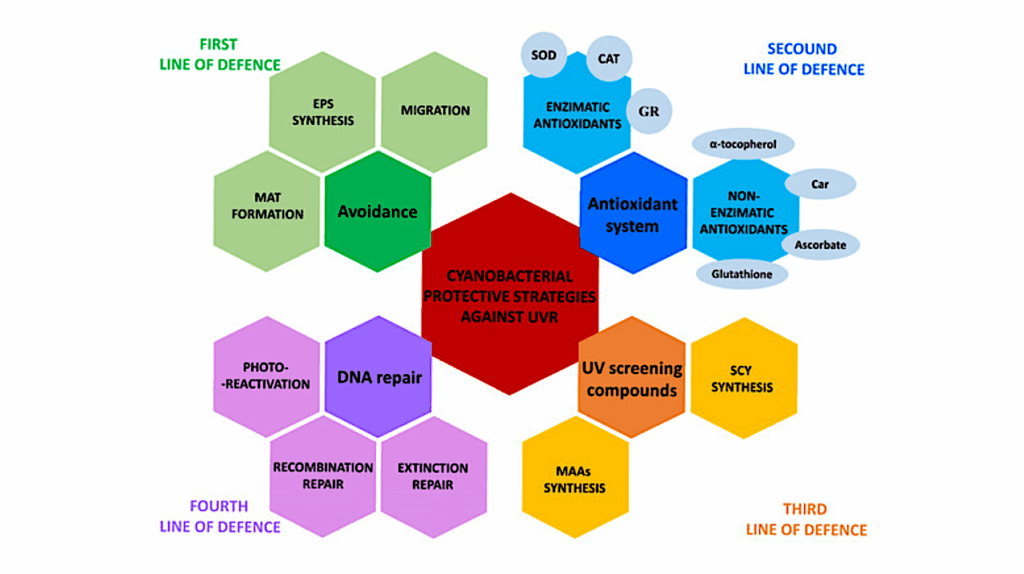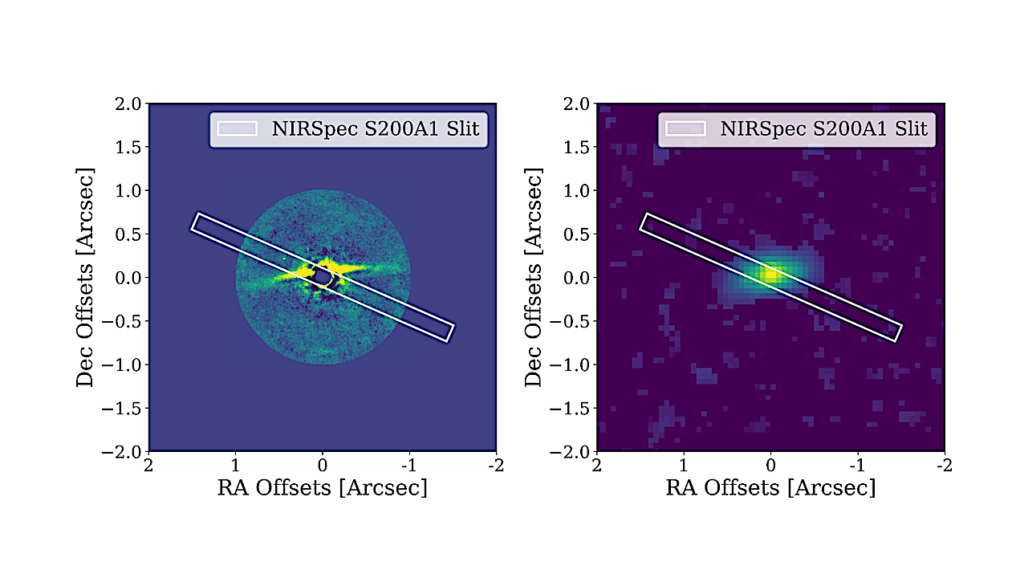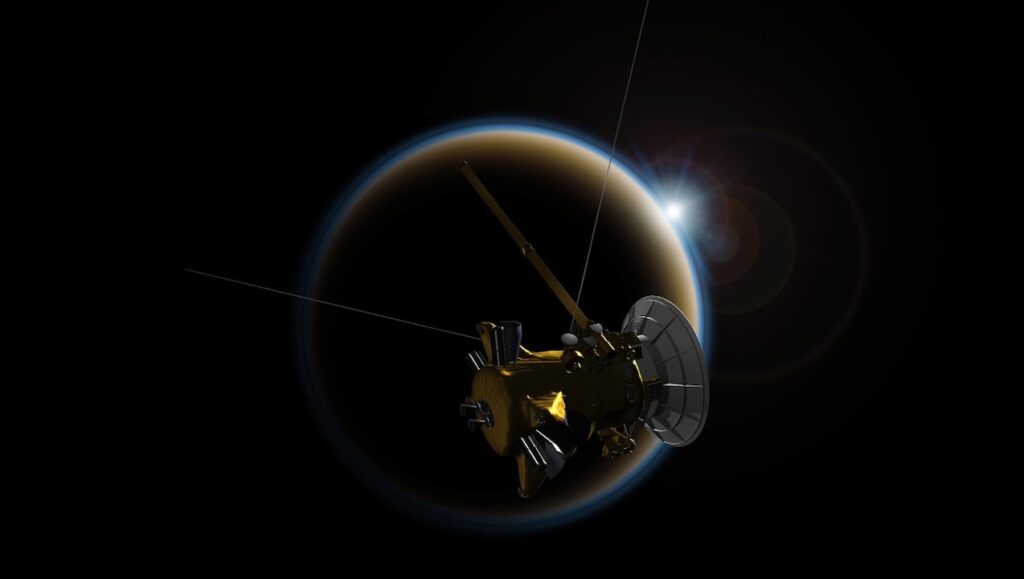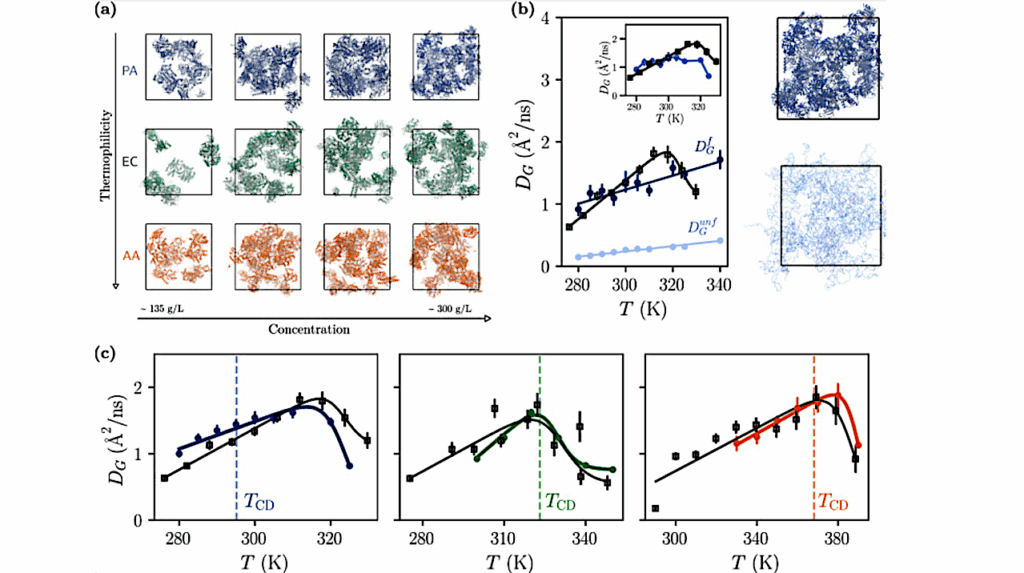NASA JSC Background Information on PNAS Mars Meteorite ALH84001 Magnetite Paper
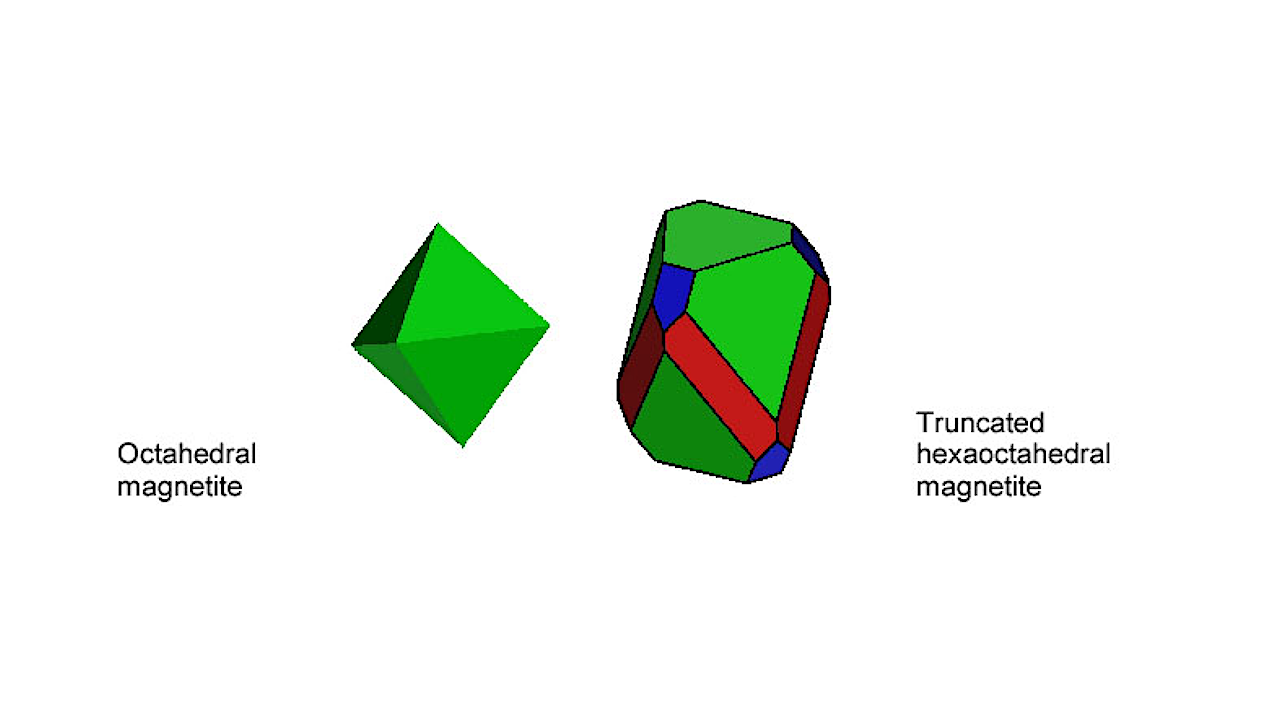
Researchers have found small particles of a magnetic mineral called magnetite in a Martian meteorite that could only have been produced by bacteria.
“There are no reports of any inorganic process that could produce such magnetites,” said Kathie Thomas-Keprta, an astrobiologist at NASA’s Johnson Space Center and the lead researcher of the study. “If the conclusions of this paper are correct, then this will be one of the most important papers ever published by Proceedings of the National Academy of Science (PNAS),” said an anonymous reviewer of the paper entitled “Truncated Hexaoctahedral Magnetite Crystals in ALH84001: Presumptive Biosignatures,” being published this month in a special Astrobiology issue of the PNAS. The same reviewer adds, “What can be of greater scientific interest than evidence for extraterrestrial life?” A team of 10 researchers collaborated on this study funded bynews/ NASA’s Astrobiology Institute and Exobiology Program.
Are the conclusions of this paper correct?
This paper shows that magnetites in the martian meteorite ALH84001 are identical to the magnetites produced inside the cells of terrestrial magnetotactic bacteria strain MV-1. Indeed, the paper’s team of authors have examined these two examples of magnetite in far greater detail than has ever been done before and found that both have a unique morphology that the authors describe as “truncated hexaoctahedral.”
This diagram will help explain this unique morphology. All magnetite (Fe3O4) crystals are octahedral; that is, they have the shape of two 4-sided pyramids put together at their bases, as illustrated on the left.
Magnetites from magnetotactic bacteria MV-1 are elongated. The elongation adds to the magnetic pull of these tiny compasses and thus helps the bacteria locate sources of food and energy. This team of authors found that the elongation was accomplished by the addition of six faces, shown in red in the figure on the right. “The process of evolution on Earth has driven magnetotactic bacteria to make
perfect little bar magnets, which differ strikingly from anything found outside biology,” says coauthor Joe Kirschvink (a geobiologist at California Institute of Technology). They showed and discussed this elongated magnetite crystal structure in a much longer paper entitled “Elongated Prismatic Magnetite Crystals in ALH84001 Carbonate Globules: Potential Martian Magnetofossils,” which was published in the December issue of Geochimica et Cosmochimica Acta (GCA 64, 4049–4081).
In the latest paper, the team shows that the magnetites produced by terrestrial bacteria strain MV-1 and the magnetites deep inside martian meteorite ALH84001 have their apexes truncated by the six facets shown in blue in the right-hand diagram.
“This is the first report of any crystal having the truncated hexa-octahedral habit. There are no known reports, or inorganic processes, to explain the observation of truncated hexa-octahedral magnetites in a terrestrial sample,” says Thomas-Keprta, “and as such, these crystals are interpreted as Martian magnetofossils and constitute evidence of the oldest life yet found.”
Is this evidence for extraterrestrial life?
This paper and the GCA paper follow up one of the four lines of evidence for the existence of primitive life on Mars originally presented in the paper “Search for Past Life on Mars: Possible Relic Biogenic Activity in Martian Meteorite ALH84001” [David S. McKay et al., Science 273 (1996): 924–930]. After an extensive search of the literature, these authors found no reports of inorganically produced magnetites with the characteristics of the magnetites found in bacteria strain MV-1.
“These magnetites, embedded in the Mars meteorite, are indistinguishable to the ones produced by Earth bacteria,” said David McKay, a geologist at Johnson Space Center and a co-author on the paper. “We considered perhaps Earth bacteria had contaminated the Mars meteorite,” McKay continued, “but extensive examination and testing by both our research team and many other investigators eliminated that possibility– these magnetites in meteorite ALH84001 are from Mars.” As no non-biologic magnetites with identical properties have ever been found or produced in the laboratory, the unavoidable conclusion is that these truncated hexaoctahedral magnetites are the products of life and that life existed on Mars.
The researchers suggest that all the requirements for the survival and growth of these bacteria were present on ancient Mars. “If the magnetites in ALH84001 were really produced by Martian bacteria, then they are truly fossils, just like dinosaur bones and petrified shark’s teeth,” said Simon J. Clemett, a cosmochemist at Johnson Space Center and a co-author of the paper.
“A good fossil is something that is difficult to make inorganically, so these magnetites are very good fossils,” adds Joe Kirschvink. Kathie L. Thomas-Keprta is the first author of this paper that is coauthored by Simon J. Clemett and Susan J. Wentworth (Lockheed Martin at JSC); Dennis A. Bazylinski [Iowa State University (with additional funding from the National Science Foundation)]; Joseph L. Kirschvink (California Institute of Technology); David S. McKay, Everett K. Gibson Jr., and Mary Fae McKay (NASA/JSC); Hojatollah Vali (McGill University, Montreal); and Christopher S. Romanek (Savannah River Ecology Laboratory). These authors recently published an extensive paper in GCA that laid the foundation for this new report.
Astrobiology



